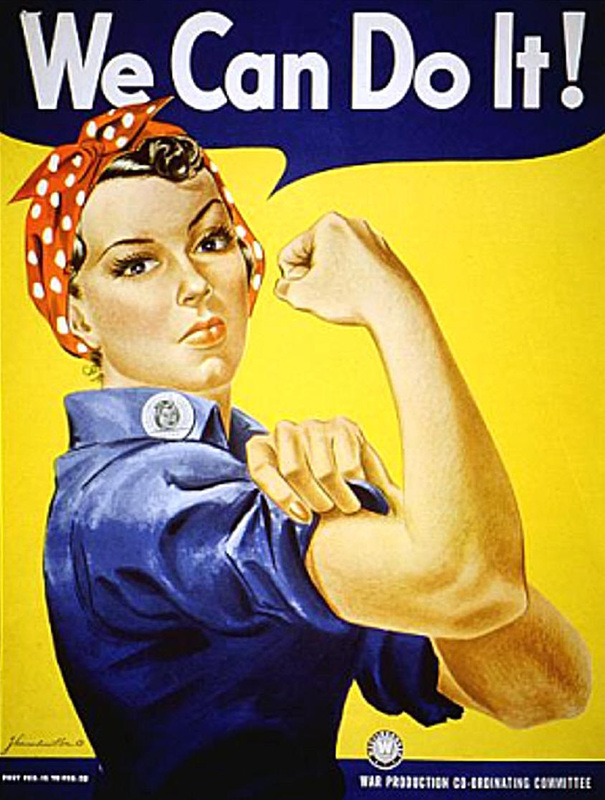During WWI , large numbers of women were recruited into jobs vacated by men who had gone to fight in the war. New jobs were also created as part of the war effort, for example in munitions factories. The high demand for weapons resulted in the munitions factories becoming the largest single employer of women during 1918. Though there was initial resistance to hiring women for what was seen as ‘men’s work’, the introduction of conscription in 1916 made the need for women workers urgent.
This led to women working in areas of work that were formerly reserved for men, for example as railway guards and ticket collectors, buses and tram conductors, postal workers, police, firefighters and as bank ‘tellers’ and clerks. Some women also worked heavy or precision machinery in engineering, led cart horses on farms, and worked in the civil service and factories. However, they received lower wages for doing the same work.
"Women’s employment rates increased during WWI, from 23.6% of the working age population in 1914 to between 37.7% and 46.7% in 1918. The employment of married women increased sharply accounting for nearly 40% of all women workers by 1918", Striking Women. Since women were paid less than men, the employers worried about what they would do when the men return because they wanted to keep the women working since it would be cheap labor and most of the women were as good as men and some were even better. There were really just two options for women and employers right now and they were that either the women leave when the men come back or they work with the men with lower wages. The women did not like the idea of continuing working on low wages and so they went on a strike in 1918 to demand the same increase in pay as known as war bonus as men. The strike spread and it was the first equal pay strike in UK, won by women.
Following these strikes, a Committee was set up by the War Cabinet in 1917 to examine the question of women’s wages and released its final report after the war ended.
This report endorsed the principle of 'equal pay for equal work'. But their expectation was that due to their ‘lesser strength and special health problems’, women's 'output' would not be equal to that of men. Despite evidence that women had taken on what were considered men's jobs and performed them effectively during the war, this did not shift popular perception that women would be less productive than men. The unions received guarantees that where women had fully replaced skilled men they would be paid the same as the men, would receive equal pay. But it was made clear that these changes were for the duration of the war only and would be reversed when the war ended and the soldiers came back
Sources
http://www.firstworldwar.com/features/womenww1_four.htm
https://www.nwhm.org/online-exhibits/progressiveera/worldwarI.html
http://userpages.aug.com/captbarb/femvets4.html

The statistics on the employment increase among women was a lot higher than I had expected. It is also interesting to connect this to the suffragist movement and how women got the right to vote soon after the war. The stats on equal pay were also interesting, as that it a problem we still face today.
ReplyDeleteI really like how you included the picture of Rosie the Riveter and how women were being introduced more and more into the workforce as war struck the nations of Europe and the U.S. Do you think the war efforts would earn the women a higher place in the U.S. government/society? How did men see this as women were getting more rights and privileges?
ReplyDeleteI really like how you backed up your information with statistics. Not only that, but your blog clearly explains how women were beginning to take over the jobs and how the employment increased during the period of the first world war.
ReplyDeleteI think its really interesting how Rosie the Riveter is now a symbol for women's rights after all of these years.
ReplyDelete